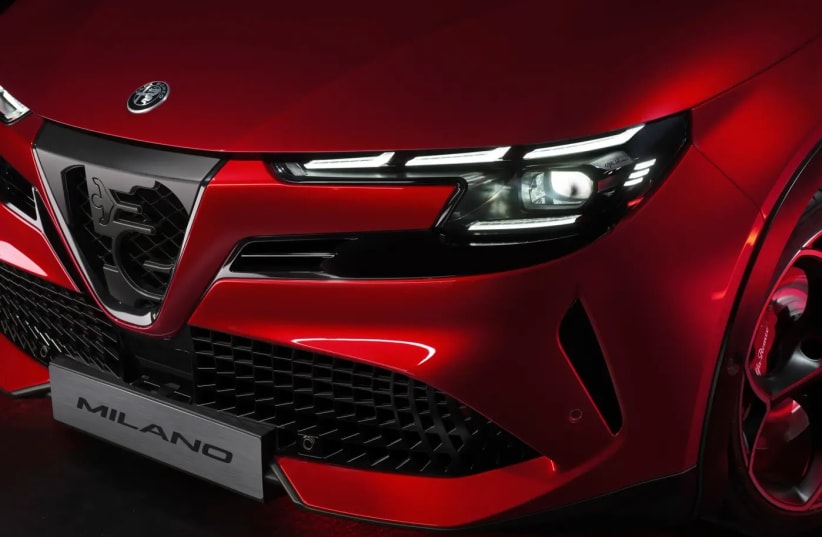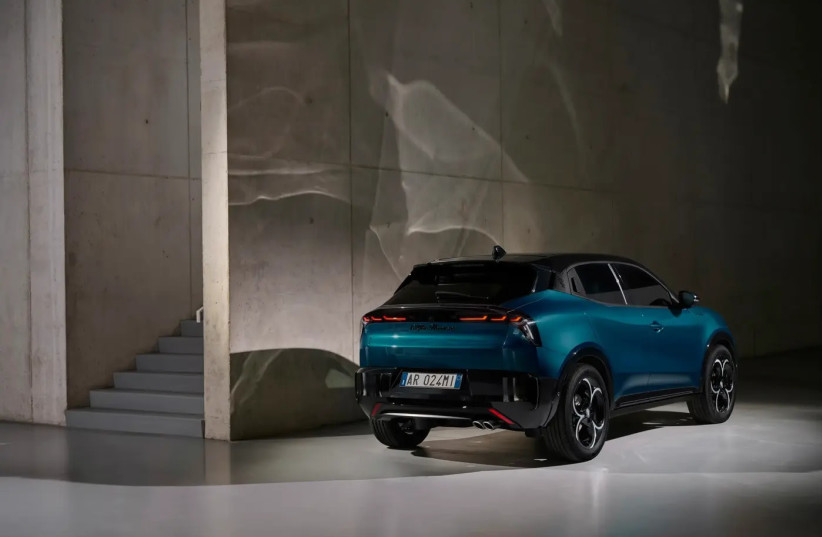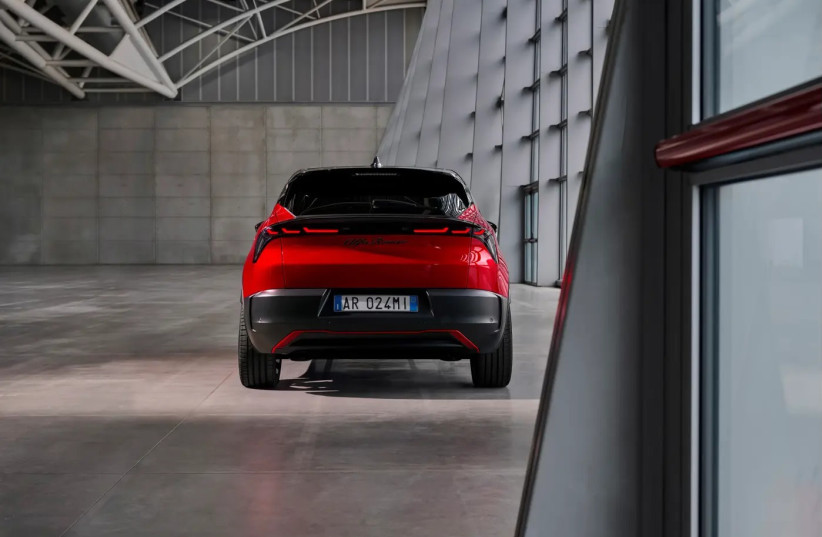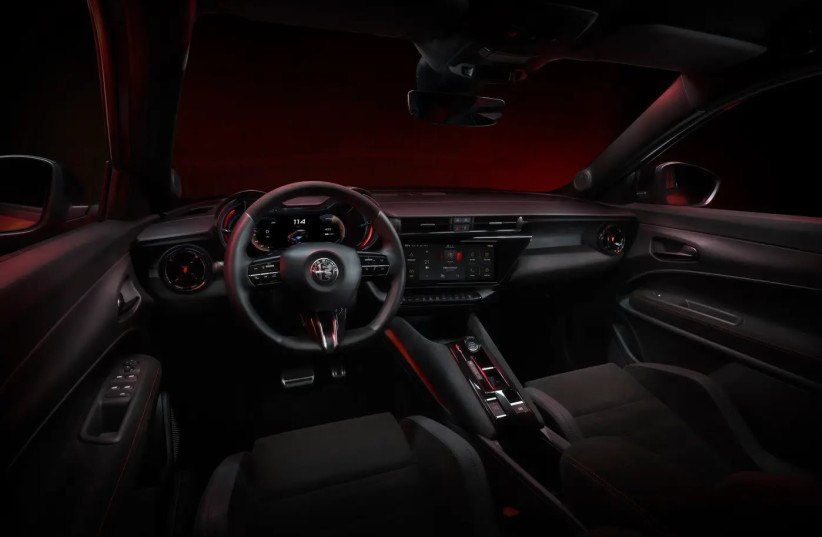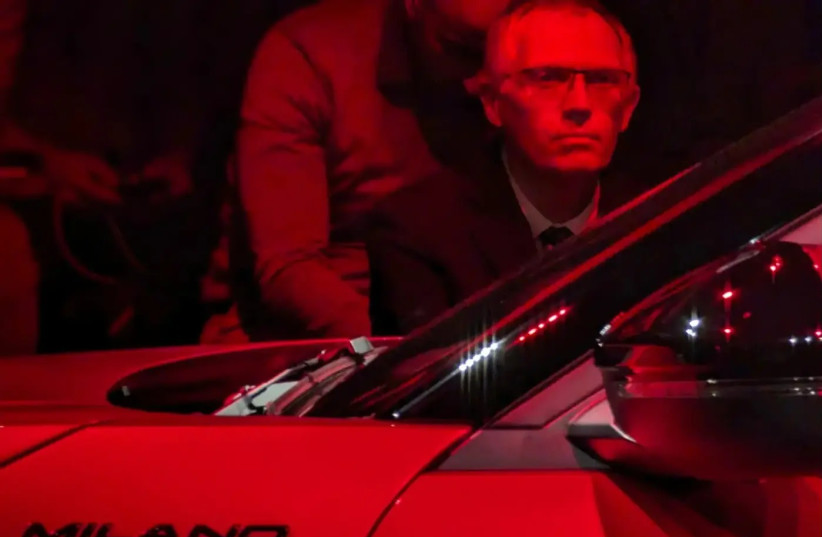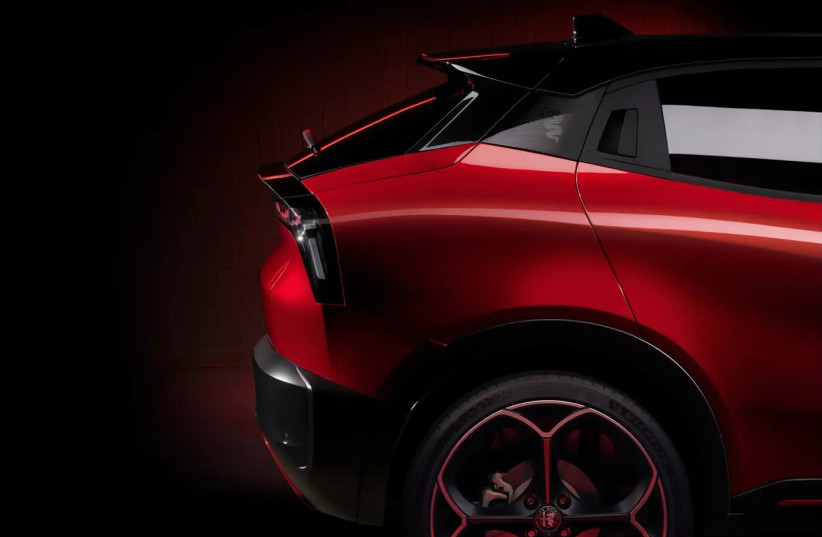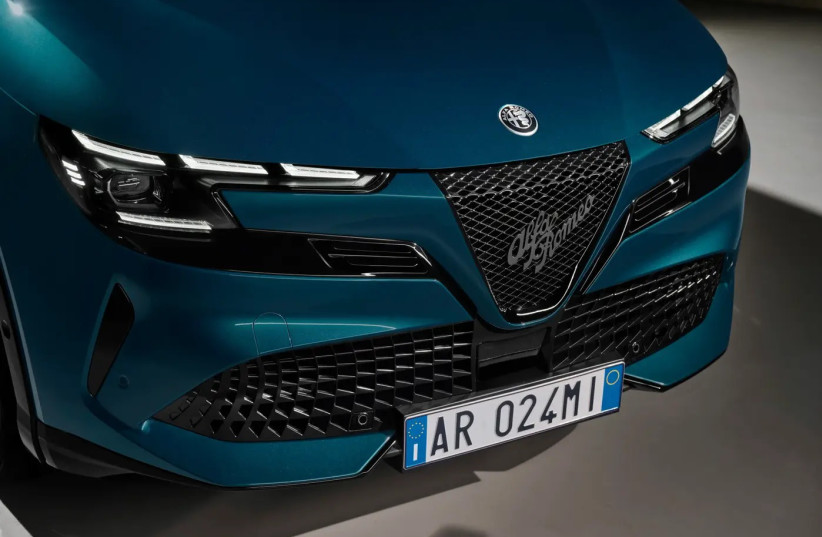When Jean-Philippe Imparato, the man sent to save Alfa Romeo, talks about "performance," he is not imagining quick exits from traffic lights or sharp cornering. He is talking about performance in a completely different aspect - economic, on which the future of the company, with him at the helm, depends in order to continue and sustain itself.
Imparato spoke with us at the launch event of one of the most important models of this manufacturer in recent years - the Milano. It is a small crossover, called the B SUV, positioned below the Tonale and using the parent company Stellantis' platform. The same platform that also serves Opel Mokka, Peugeot 2008, Fiat 600, Citroen DS3, and Jeep Avenger, and like all of these, it offers both petrol and pure electric propulsion. Alfa Romeo is well aware of the not-so-simple reputational starting point and promises that the moment we drive it, we will understand that the platform is the same but the configuration is completely different.
And just before we tell you about the technical details, what it does and how, we need to explain the role of this model, at least in the eyes of the manufacturer and the conglomerate. Alfa Romeo, despite all its illustrious past and the luxurious cars in it, is a manufacturer that can no longer continue to live on the fumes of nostalgia. In 2023, Alfa produced only about 68,000 cars, even Porsche sold for five times more. Lexus sells over 800,000 cars a year and the Germans over 2 million each. Alfa must sell many more cars, and its goal is to grow to about 300,000 cars a year within 4-5 years.
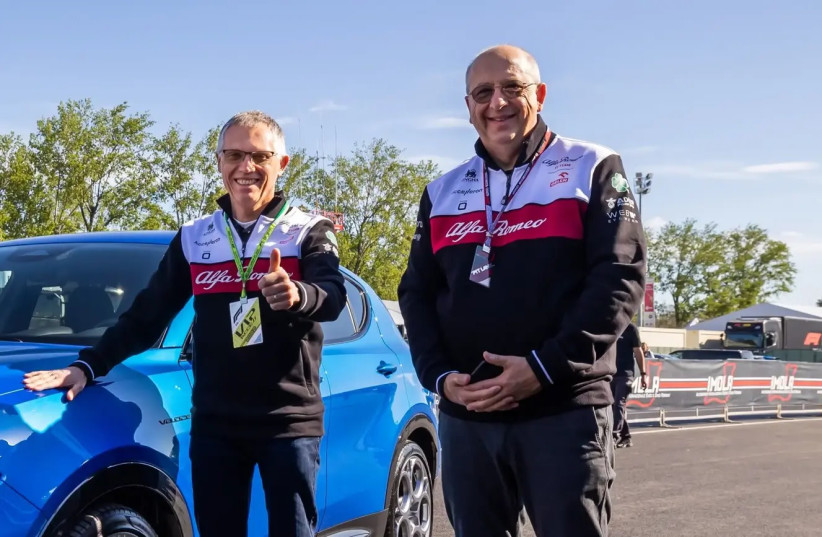
"Without doubling our electric vehicles by 2030 we are dead," said Imparato openly and without hiding the not simple truth that stands before the active manufacturers in Europe. There, a fine is imposed which may reach thousands and tens of thousands of euros for each car under a formula that calculates the weight of the car and its emissions. Therefore, Alfa announced in 2021 its 10-year plan, a decade in which it will transition from 0 electric cars to 0 pollutant emissions by 2030. This includes presenting a new model each year since, such as the Tonale in 2022, the Stradale in 2023, this year with the Milano, a new Stelvio in 2025 (which will use the 3008 platform and offer up to 700 km of electric range) and then the Berlina and the new Giulia.
And the primary goal of these models in the immediate and current stage is not to be a homage to the manufacturer's history - but simply to provide it with economic stability. "Alfa Romeo, that I joined," he says, "had two problems - it was not economic and its cars were not good." And again, when he says "not good" he does not mean the dynamic features of the Stelvio and Giulia - but mainly their ability to provide the "performance" I mentioned at the beginning of the article.
And this is exactly his perception regarding my question whether Alfa Romeo currently does not lack a car that can be displayed in showrooms and attract crowds who may end up buying a Tonale or Stelvio, but will dream about it. Imparato repeats his constant mantra - he does not oppose such halo cars, but they must come from a place of stable ground and a profitable company. "We need to protect ourselves with selling cars, if in the future we can afford to allocate our financial resources to build a new generation of GTV we will do it, but we are committed first and foremost to our solid plan."
This plan includes, what to do, this story of cars that people really buy and not just fantasize about buying, because in the end they need real money there in Stelantis. And that's the role of the Milano.
So, as mentioned, it is based on the small models platform of Stelantis and will be the entry model into the world of this manufacturer. It is slightly longer than its half-twin siblings at 4.17 meters, 1.78 meters in width, and a height of 1.5 meters. The wheelbase is not explicitly stated, but expect around 2.56 meters which we know from its siblings on the platform - a lot of space in the rear seat without the impression of a short seat. Also, exceptional material quality is not found there - this is a car that leaves the main impression in its exterior appearance.
The kind of injustice the pictures on the screen do to it, because in reality it has excellent proportions, with a front end that offers a solid profile and on it the inscription Alfa Romeo in the classic font in the electric version and such in which the snake logo is embedded in the grill itself in the gasoline versions. But mainly what catches the eye is its "cut tail" - that's what they call the rear part. Hence also its length in relation to other models and also an easy growth of the cargo compartment to 400 liters (380 in the Avenger for comparison).
Its passenger cell is pleasant, although less spectacular than the external appearance. The basic architecture beneath the design is that of its sibling at Stellantis – two 10.25-inch screens, for the multimedia system and the instrument panel below round air vents – a familiar feature in the Alfa Romeo driver's environment. The vehicle will be launched at least in Europe with an app that allows remote control over charging, opening and closing of the vehicle, location, and more. Its operating system is accompanied by voice assistance that is activated by the announcement "Hey Alfa" and uses GPT chat and voice recognition to perform tasks without taking hands off the wheel and eyes off the road. In premium versions, it will be possible to get sporty sabelt seats.
Its propulsion will be with gasoline or electric engines, with front or all-wheel drive. We have met all these engines before, meaning the 95-octane gasoline engine will be a 1.2 liter turbocharged with 136 hp coupled to a 6-speed dual-clutch transmission. The electric version will come with a power of 156 hp in "Speciale" or 240 hp in "Veloce". This version is powered by a 54 kWh battery, which with the weaker engine will provide it with a range of about 410 km. This power is decent, although far from the dual power offered by its competitors such as the Volvo EX30 and Smart 01 in the Brabus version. The fast charging rate at DC stations will be 100 kW.
Still, it doesn't mean that in Alfa they have forgotten what they represent, and in version 240, the "S" receives a 25 mm reduction, grooved dampers, reinforced sway bars, 380 mm Alcon brake system, 4-piston calipers, and a limited slip differential in the rear.
At the launch in Milano, also present was none other than Carlos Tavares, CEO of the Stellantis group, who arrived straight from Turin where he met with representatives of the Italian government. This is part of a whole campaign in which he is currently engaged and goes beyond his role as the one navigating the ship with 14 brands, but also one that touches on the economic and political nerves of the automotive industry in Europe. It faces complex challenges in the form of increasing and stricter requirements regarding air pollution standards, and no less - the concern about Chinese invasion. "We love cars and our brands even when they don't succeed," he says, revealing further that a major Chinese manufacturer had tried in the past to buy one of the French brands of the group without revealing who it was. This is not the first time the Chinese have shown interest in such a purchase, the last time was a decade ago when Dongfeng tried to make a similar move against Peugeot-Citroën under PSA.
"Of course, I rejected the offer," clarifies Tavares and teases those who made this move, "Those inviting the Chinese to Italy are on the same path as those who sold Volvo to Geely and MG to SAIC - it won't happen in Alfa and Stellantis."
These are attempts to spread rumors and "fake news" as defined by their intention to break up Fiat and leave Italy, "we are building factories for cars, gearboxes, batteries, and more," he said.
This does not mean that there are no contacts between the consortium and Chinese manufacturers, on the contrary, in October 2023 Stellantis acquired 21% of Leapmotor for 1.6 billion euros, and according to its announcement, it will start producing models based on the supply of the Chinese manufacturer by the end of 2024 in a joint venture and most likely will do so in Europe, possibly even in Fiat factories. According to initial reports that have not yet been approved, the first step will be the construction of the small electric TO3 that will arrive in assembly kits from China, at the Fiat plant in Poland.
By the way, the Emperor himself estimated in a conversation with us that he predicts a crisis for Chinese manufacturers, possibly even in the coming months. "Despite their deep pockets, they lose between 5,000 to 10,000 euros per car, this cannot continue," according to him.
Back in Milan, Alfa Romeo has great hopes for the model and its ability to represent 40% of the manufacturer's sales and to expand and rejuvenate its customer base. "A few years ago our customer was a man, 55 years old and wealthy," the Emperor told us, "Tonale brought women and families to us, Milan will bring us an even wider mix of customers." And if Tonale was aimed at "Julia grads", in the case of Milan, the candidates are those who once bought the Mito.
One of the aspects they aim to achieve is an attractive price. In Europe, the starting price of the Milan is 30,000 euros, more expensive by about 6,500 euros than the Jeep Avenger, and its electric version is expected to cost 39,000 euros (charging station included in the price), 4,200 euros above the electric Avenger sold in Israel for a price starting from NIS 190,000. That is to say, if these price differences are maintained and given that the European price is influenced by incentives, we are looking at a car that will start at about NIS 210,000, expensive compared to Chinese electric cars, slightly more expensive than the Smart 1 electric, but similar to the Lexus LBX hybrid, and significantly cheaper compared to the electric offerings of luxury German brands. Gasoline will be cheaper.
The writer was a guest of Alfa Romeo in Italy.
